Vast, diverse, deeply spiritual and utterly unforgettable, India is unlike anywhere else on earth – a melting pot of ethnicities and religions, a treasure trove of history and culture, and a curious mixture of chaos and serenity. Stretching across more than three million square kilometres, it encompasses a staggering array of landscapes, vistas and environs, and offers unparalleled travel experiences – from the beautiful beaches of Goa, to the compelling craziness of Kolkata, the sacred Ganges river banks of Varanasi, the snow-capped peaks of the Himalayas in Kashmir and the ancient, exquisitely crafted temples dotted across the entire country. Not to mention the vibrant, friendly people, and the incredible cuisine.
Formerly known as Bombay, the bustling city of Mumbai sprawls along India’s West Coast and is the largest city in the country. This thriving metropolis is a go-to destination for travellers curious to experience a modern Indian city. It serves as the heart of India’s world-renowned film industry, the incomparable ‘Bollywood’, and offers a kaleidoscope of culture, colour and flavours to enjoy. Lapped by the Arabian Sea, this urban seaside peninsula is a melting pot of old and new India. Towering office blocks and shiny apartment buildings shoulder crumbling grand dames of architecture. People play cricket in the leafy central parks, taxis navigate the jam-packed streets, and families stroll along the seaside promenades of Mumbai. Visitors can look forward to viewing the iconic Gateway of India stone arch at the Mumbai Harbour waterfront, visiting the ancient cave temples on the nearby Elephanta Island or hopping on a tuk-tuk tour to experience the magic and madness of this incredible city.
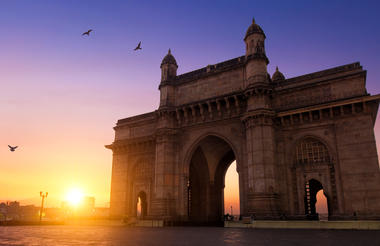
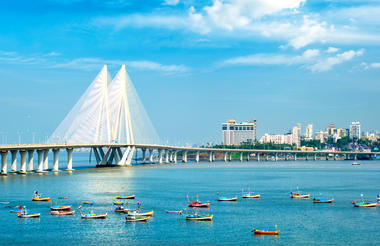
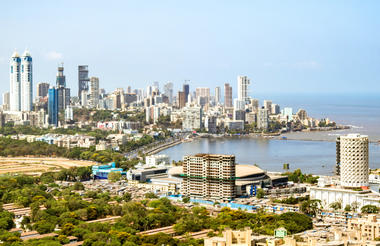
Dubbed the ‘Venice of the East’, the city of Udaipur is built around three interconnected lakes – Lake Pichhola, Fateh Sagar Lake, and the smaller Swaroop Sagar Lake – and is encircled by the hills of the Aravalli mountain range. It is home to an array of ancient temples and fairy-tale-like palaces (several of the latter have been converted into luxury heritage hotels) and is known as one of Rajasthan’s most beautiful and romantic cities. Must-see attractions include the City Palace, the Lake Palace (set on a small island in the middle of Lake Pichola), and the Udaipur Solar Observatory – Asia’s premier solar-gazing site.
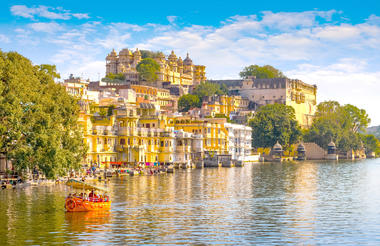
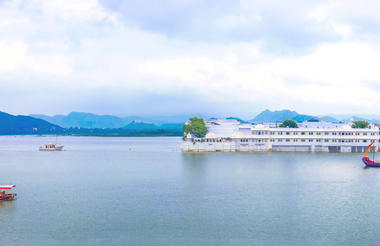
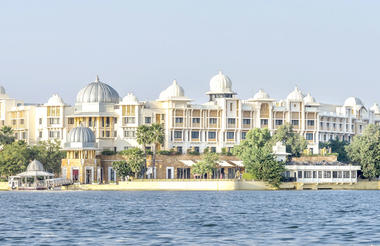
Resting in the heart of the Aravalli Hills, only 36 km from Ranakpur, Narlai is a busy little town dating back to the 15th century. It is surrounded by idyllic countryside, where countless sacred temples can be found. The most prominent of these is the Shri Adinath Jain Temple, which dates back to the year 907 and features two enormous elephant statues, which stand guard at its entrance. Other popular attractions include the imposing Kumbhalgarh Fort; the impressive 17th-century Rawla Narlai heritage hotel (once the vacation home of the Maharaja Jodhpur); and the colossal Shri Aai Mata Shrine, set high up on a hilltop and containing an "eternal flame".


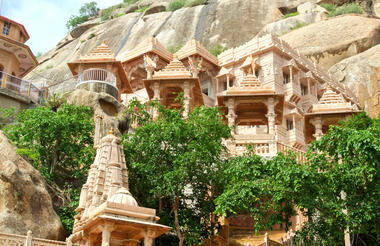
Known as the gateway to the Thar Desert, Jodhpur is the second-largest city in the state of Rajasthan, India. It is a popular tourist destination featuring a variety of ornate palaces, age-old forts, and sacred temples. Dubbed ‘The Blue City’, the old city contains houses in a beautiful shade of indigo. While Jodhpur is largely a sprawling modern metropolis, enclosed within its old city walls is a labyrinth of winding, narrow medieval streets, and bazaars. The massive 15th-century Mehrangarh Fort, which towers over the city from its sandstone plinth, is one of the largest in the country. Other must-see attractions include the Umaid Bhawan Palace, one of the world's largest private residences; and the Jaswant Thada, an intricately carved white marble mausoleum.
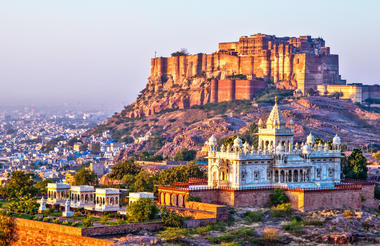
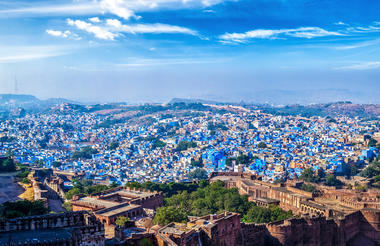
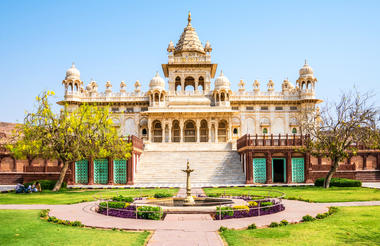
As previously described
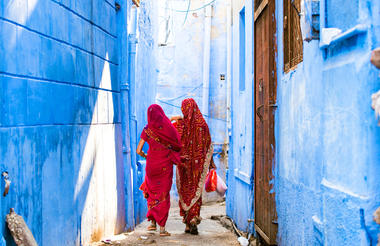
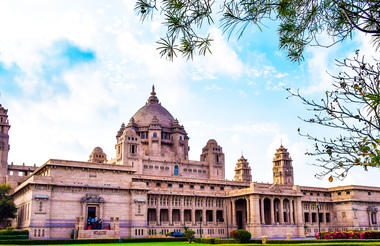
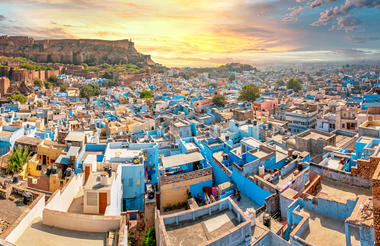
Situated amid the vast expanse of the Thar Desert on the far western border of India’s Rajasthan state, the city of Jaisalmer is home to the world's only inhabited medieval living fort. This 12th-century city served as a bustling trading post along the famous Silk Road and still to this day features markets selling silk, cashmere, silver jewellery, bronze statues and much more. The undeniable star attraction of this city is the spectacular Jaisalmer Fort, which rises from the desert floor like a gigantic sandcastle and encompasses winding streets filled with shops, temples, hotels and ancient mansions. Visitors can also look forward to taking jeep and camel safaris into the surrounding desert and exploring a variety of grand palaces, elaborate Jain temples and ornate havelis.
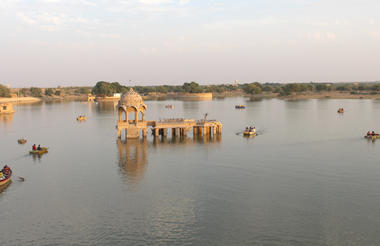

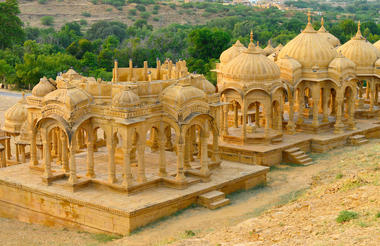
Khimsar is located in the state of Rajasthan in northern India. This small village on the edge of the Great Thar Desert is dominated by the incredible Khimsar Fort, a 450-year-old palatial fortress that has been converted into a popular heritage hotel. Visitors can tour the ramparts and turrets, and admire the finely-carved balconies and opulent interiors of the fortress complex. Several wonderful places nearby beg to be explored, too. Take a day trip to the village of Osian, which contains some ancient Jain and Hindu temples, go on a camel safari, or take a 4x4 tour of the desert. Khimsar is often used as a convenient stopover on the route between the incredible destinations of Pushkar and Jaisalmer, but can also be accessed from Jodhpur, which lies three hours away.
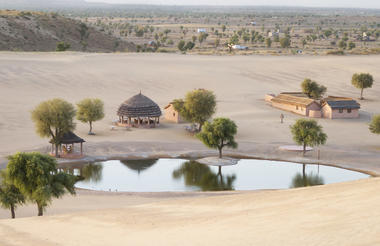

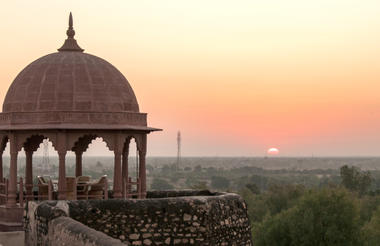
Bordering the eastern edge of the sun-drenched Thar Desert, in the Indian state of Rajasthan, Pushkar is a sacred Hindu pilgrimage town known for its relaxed atmosphere, countless whitewashed temples and mythical holy lake. While this enchanting town is popular with travellers, it has managed to retain its authenticity and connection to its pilgrim roots. Pushkar offers visitors a variety of attractions including: the 14th-century Jagatpita Brahma Mandir temple, the only Brahma temple in India; the annual Camel Mela, the largest camel fair in the world; and the lively Safara Bazaar, offering locally made textiles, leather goods, jewellery and much more. Tour operators offer exhilarating camel and horse riding safaris as well as quad biking adventures into the surrounding desert.
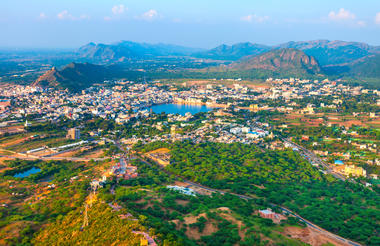
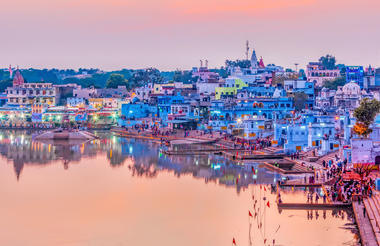
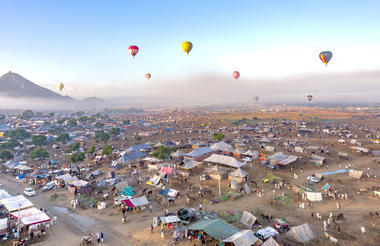
Fringed by the rugged Aravali Hills, Jaipur, nicknamed the ‘Pink City’ for its salmon-hued terracotta buildings, is the capital and largest city in the Rajasthan State. This metropolis combines tradition and modernity with its vibrant bazaars, lavish palaces, and ancient temples. Don’t miss the fairy-tale splendour of the Amber Fort, set against the backdrop of the arid landscape and hosting enthralling sound and light shows; the UNESCO-listed Jantar Mantar, a collection of 300-year-old astronomical tools which look like contemporary art; and the opulent City Palace, with its palatial structures, sprawling gardens, and atmospheric courtyards. Jaipur falls within the Golden Triangle, a popular tourist circuit, which includes Delhi, Jaipur, and Agra, and it also serves as a gateway to the neighbouring desert cities of Jaisalmer and Jodhpur.
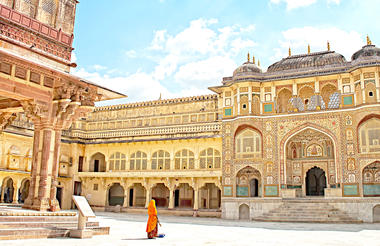


Set on the banks of the Yamuna River in Uttar Pradesh, Agra is a beautiful city famous for its incredible Taj Mahal building, one of the seven wonders of the world. Commissioned by the Mughal emperor Shah Jahan in the 15th century as a memorial to his beloved wife Mumtaz Mahal, this is an architectural masterpiece of exquisite craftsmanship and perfect proportions. The city boasts numerous other superb attractions, including the red-hued sandstone Agra Fort, built in the 16th century; the Shahi Jama Masjid mosque, a 17th-century congregational mosque located in the historic core of Agra, and Itmad-ud-Daulah’s tomb, with its white marble facade embellished with intricate inlaid designs, also called the' Baby Taj'.
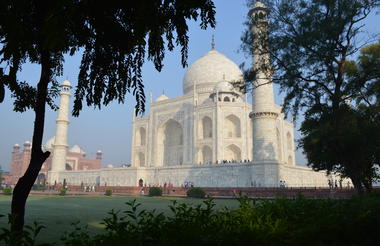
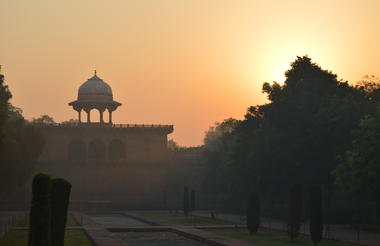
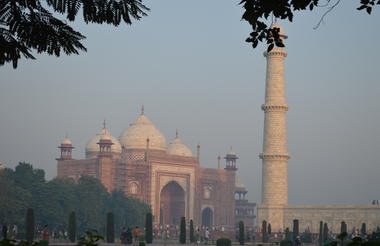
Tucked between towering trees, rocky terrain and agricultural landscapes lies Tala; a small village. A tranquil and awe-inspiring oasis, Tala is ideal for travellers wanting to explore the diverse aspects of Madhya Pradesh and its surroundings. Visitors can look forward to enjoying an array of exciting attractions, which include the fascinating Bandhavgarh Hill; the historical Bandhavgarh Fort; and the magnificent Bandhavgarh National Park, a vast biodiverse area famously known for its high population of royal Bengal tiger, white tiger and leopard. Don’t miss out on a chance to meander through and admire the excellent collection of beautiful wildlife photography at the Baghel Museum.
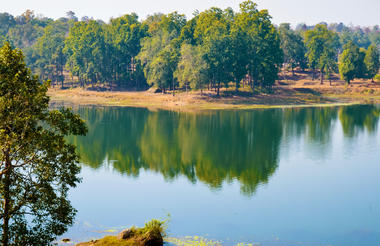
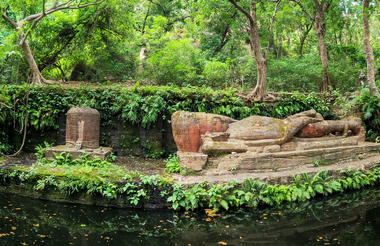
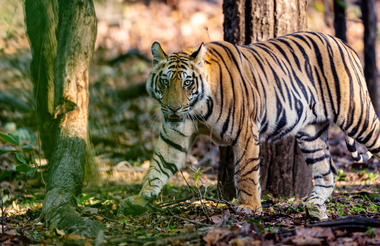
Located southwest of Kanpur, Khajuraho is considered one of India’s seven wonders and is listed as a UNESCO world heritage site. The city encompasses the nation’s largest array of medieval Hindu and Jain temples, decorated with intricately detailed erotic sculptures and reliefs. The site incorporates close to 100 sacred structures, some of them exquisitely preserved, and each evening, a light and sound show is staged here, covering the history, philosophy and craftsmanship encapsulated in this archaeological goldmine. Other highlights include the vibrant Annual Dance Festival of Khajuraho; the Panna National Park, home to leopards; the Arhanta Yoga Ashram, where visitors can take classical Hatha yoga classes. The city also boasts a wide variety of wonderful shops, markets and restaurants.
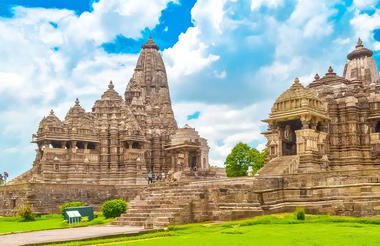
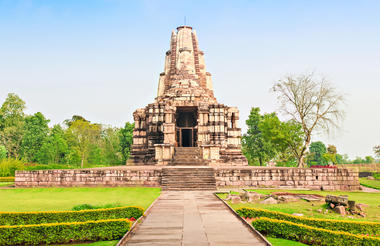
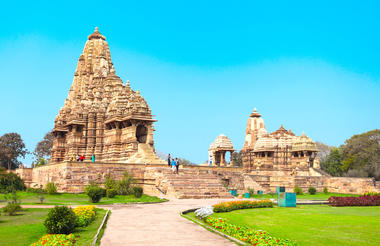
An ancient and deeply sacred city, Varanasi rests along the banks of the holy River Ganges and encompasses a wealth of beautiful riverside temples, stately old forts and vibrant markets. It’s considered the spiritual capital of Hinduism, and it’s widely believed that dying here will bring salvation. As a result, the city is home to a multitude of ghats – stone steps leading to the river –some of which are used for bathing rituals and others as cremation sites. An early morning boat ride along the Ganges offers an excellent way to take in the ghats and the bustling activity centred on them.
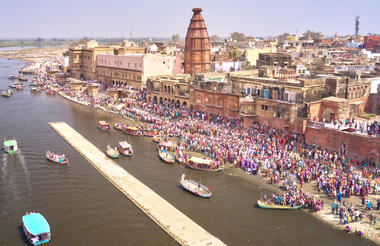
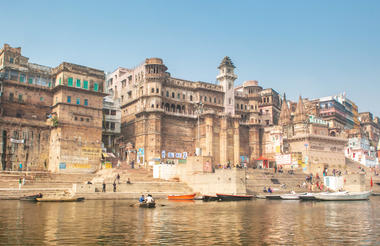
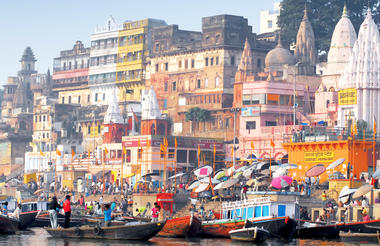
India’s capital, New Delhi, lies on the Indo-Gangetic Plain, within the National Capital Territory of Delhi. Made up of the ancient walled city of Old Delhi and the more modern sector, New Delhi, the city encompasses a staggering array of beautiful buildings, including three UNESCO World Heritage Sites – the grand, sandstone Red Fort, striking Qutab Minar, and fascinating Humayun's Tomb. Architecture enthusiasts will delight in the iconic Lotus Temple. Hear ‘qawwalis’ (devotional music) at the dargah (tomb) of the Sufi saint Nizam-ud-din Auliya; or wander through the 17th century Chandni Chowk marketplace – still one of the city’s most popular retail centres today, famous for its traditional jewellery and saris. The gorgeous Sunder Nursery and Lodi Garden provide calm, flower-filled oases for picnicking.









